PROTECT YOUR DNA WITH QUANTUM TECHNOLOGY
Orgo-Life the new way to the future Advertising by AdpathwayCool and crisp, October is a perfect time for gardeners in mild climate regions to get planting. You may not want to start tomatoes right now, but there are plenty of things that thrive this time of year. The list of things to plant right now spans edibles, ornamentals, and pollinator-supporting perennials.
Autumn brings about a set of conditions that favor root development and reduced stress. Warm soil paired with cool air temperatures takes the pressure off of many plants and helps roots establish before dormancy. If you live in zones that have another month before the first frost, many of these selections work!
Fall also typically brings increased rainfall as well as fewer pests and diseases. Plants aren’t stressed by drought, and fewer pests and diseases mean less maintenance for you, the gardener. Let’s take a look at some things you can plant right now, in October.
Ice Queen Crisphead Lettuce
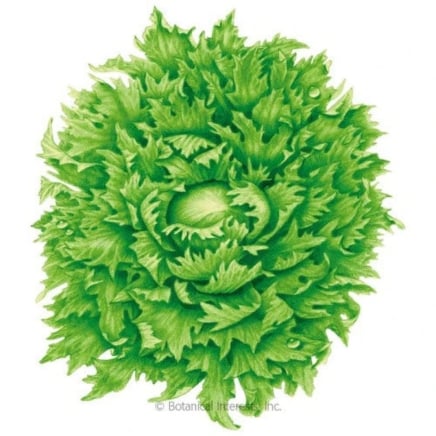
Ice Queen Crisphead Lettuce Seeds

Purple Coneflower Echinacea

Purple Coneflower Echinacea Seeds

Leafy Greens
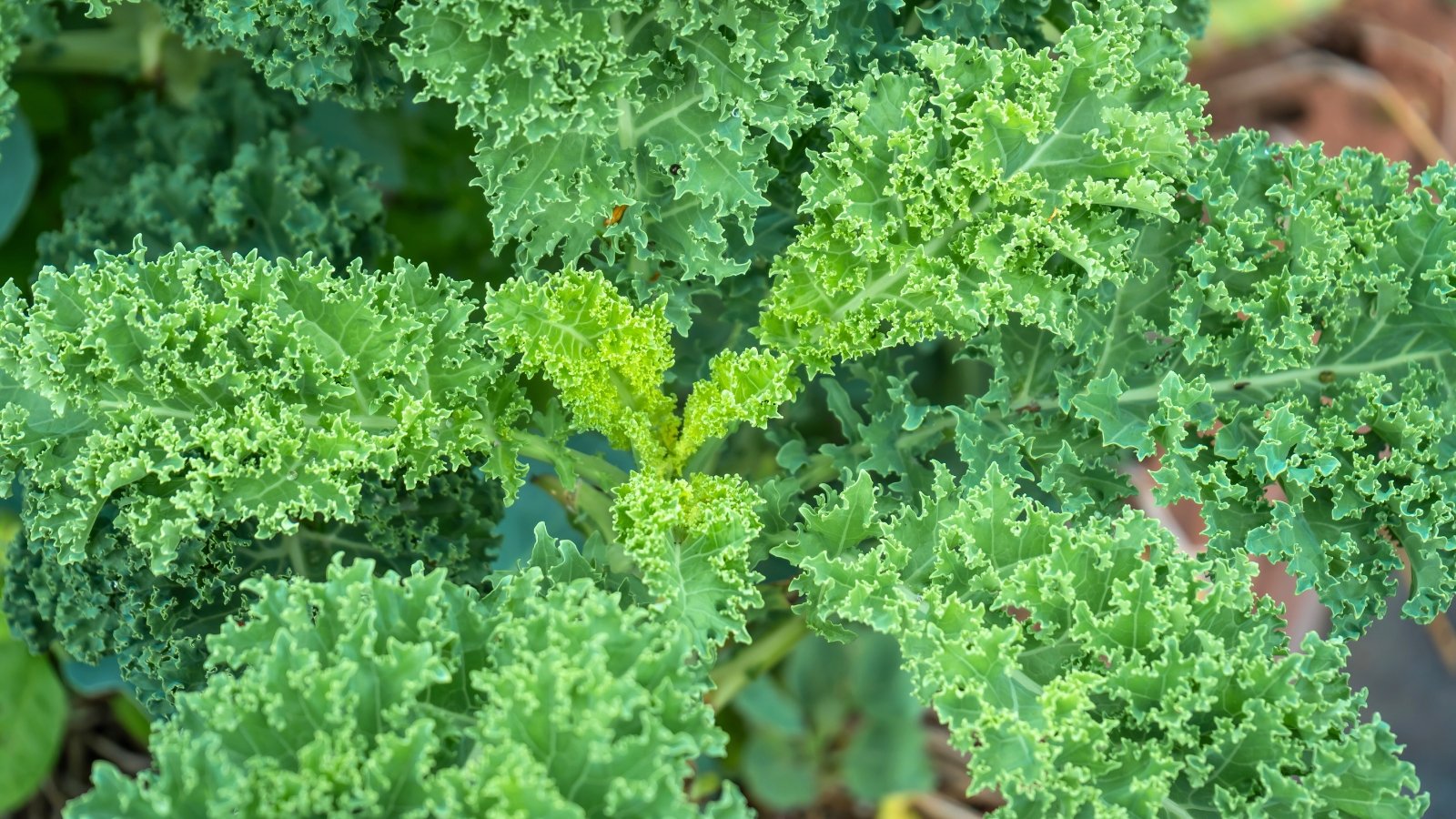 Cool weather greens stay sweet and don’t bolt.
Cool weather greens stay sweet and don’t bolt.Let’s kick things off with the vegetable garden. Fall is a wonderful time in mild climates to plant many vegetables. Leafy greens are a great choice, especially in the Southeast. In this region, spring planting can lead to a short season as the weather warms up before they have time to mature.
Many leafy greens don’t just prefer cool temperatures for growth. Some, like kale, actually taste better after a frost or two. The cold temperatures cause them to convert starches into sugars. This results in a sweeter flavor and more tender texture.
Your seeds will germinate fast in the warm soil, but the cool air will prevent bolting. Bolting, which is going to flower, causes most greens to take on a bitter flavor. Similar to the way herbs react to bolting.
Many leafy greens are fast growers, producing baby greens in as little as one month. Some you can cut-and-come-again like mesculin or other loose-leaf lettuces and spinach.
In this group are kale, mustard greens, collards, Swiss chard, spinach, and lettuce. There are other unconventional greens to consider as well. Mizuna and tatsoi are delicious and perfect for fall stir-fries.
Brassicas
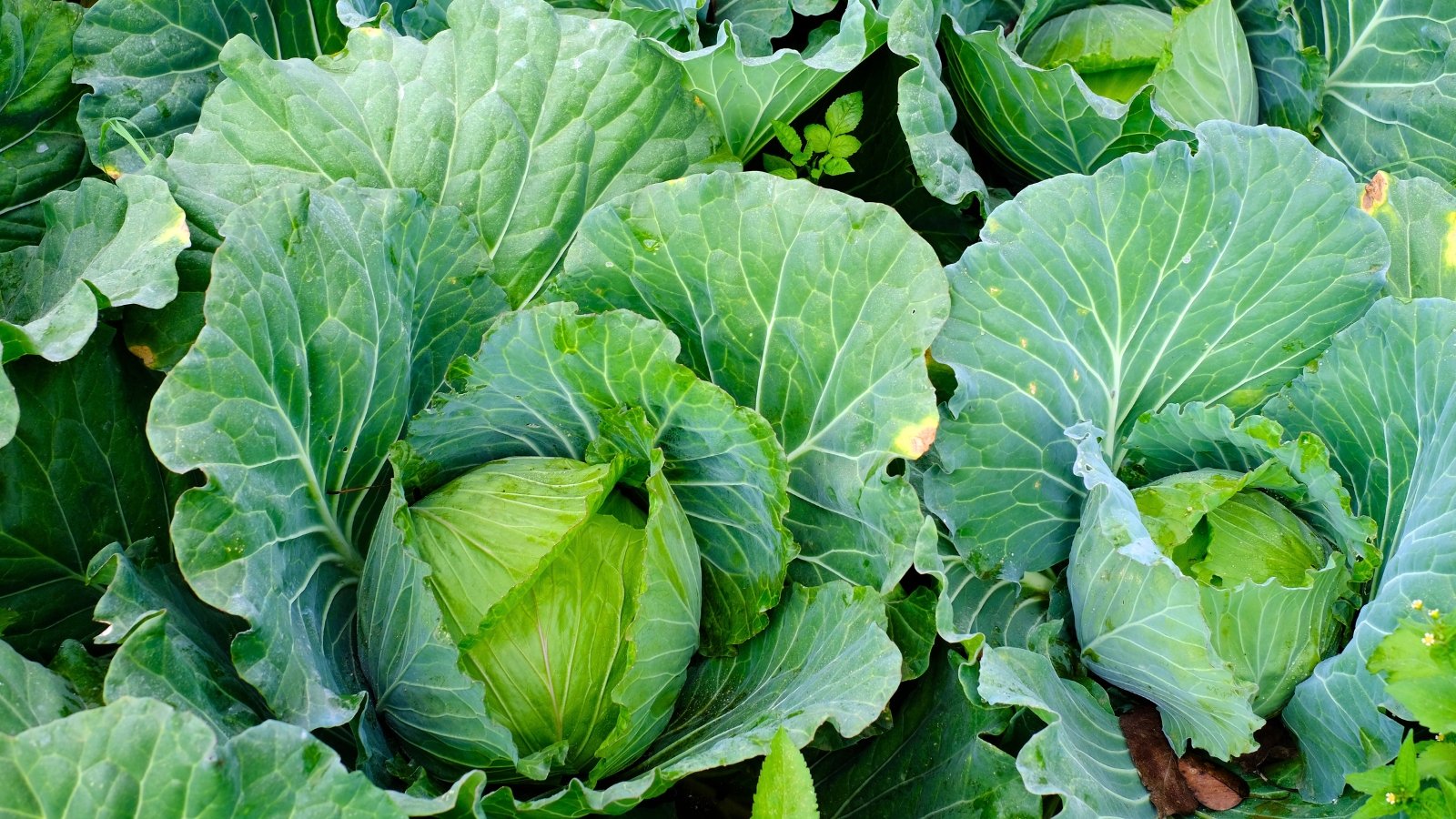 Cold weather naturally reduces pest pressure on plants.
Cold weather naturally reduces pest pressure on plants.Brassicas like broccoli, cabbage, and Brussels sprouts are wonderful cool-weather crops. October is a great time to plant these. They love cool, crisp weather, and in warmer climates, they can overwinter with little protection.
The cooler air helps your brassicas to produce steady vegetative growth without the risk of bolting. Like leafy greens, allowing your brassicas to bolt will give them a bitter taste.
Some of the most damaging pests for brassica crops are less aggressive and prevalent in the fall. Cabbage loopers, worms, and flea beetles are less of an issue as the season winds down and the cold weather increases.
Root Vegetables
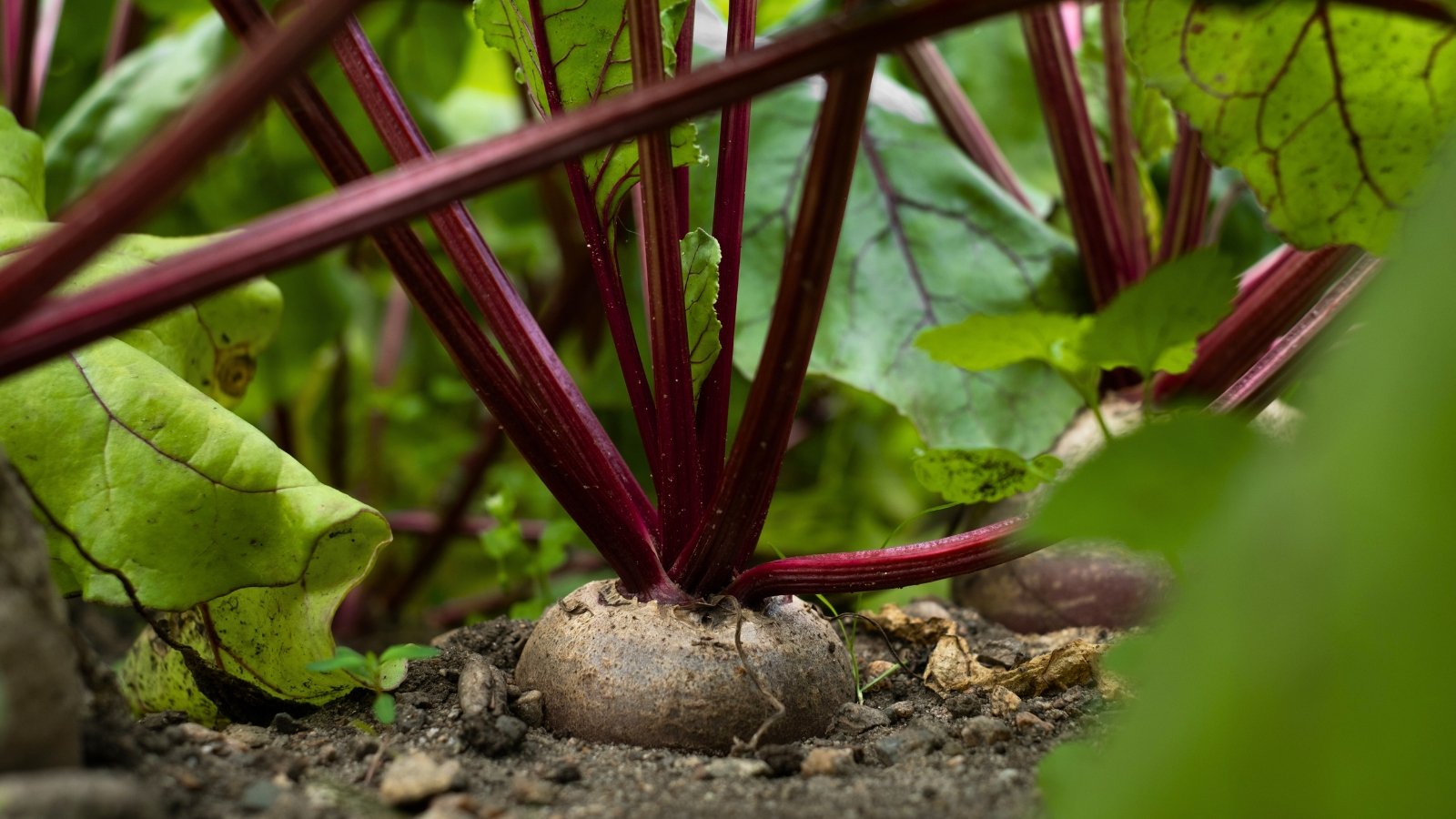 Frost brings out sweeter flavor in root crops.
Frost brings out sweeter flavor in root crops.Root crops are quite productive in the fall, which makes them a great thing to plant in October. Many of them thrive in cooler temperatures, and like leafy greens, they taste sweeter after some light frosts. You can even grow some of these through the winter in the Southeast.
The cooling temperatures of both the soil and air are conducive to root development. This means they focus on roots rather than the leafy green tops. However, many of these root vegetables also produce greens that are edible and tasty, as well.
You can even leave some root veggies in the ground over winter, covering them with mulch. This way, you can harvest them as you need them, and they will remain fresh underground. Plant beets, radishes, parsnips, carrots, turnips, and rutabagas in your October garden.
Garlic
 Fall planting helps garlic form bigger bulbs.
Fall planting helps garlic form bigger bulbs.October is prime time for planting garlic in mild-climate gardens. It gives the cloves, or garlic seeds, time to establish roots before their winter dormancy. The still-warm soil and cool air encourage root development over green growth.
Garlic requires vernalization to produce bulbs. This means they need a period of cold weather to be successful. Fall planting gives them more of this than spring planting. Getting an early start will result in bigger bulbs at harvest time.
Onions
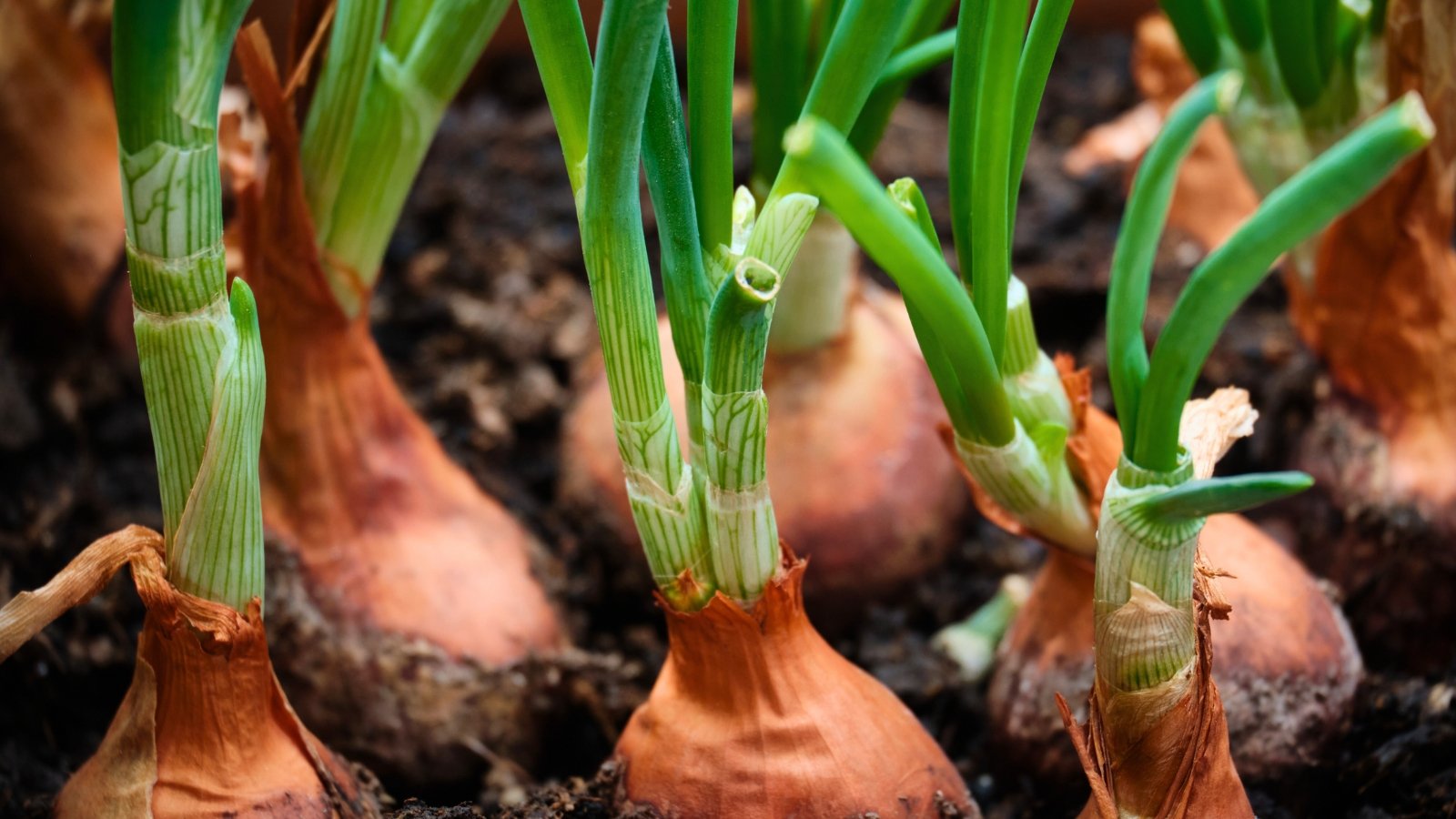 Strong roots in fall lead to bigger bulbs.
Strong roots in fall lead to bigger bulbs.In the Southeast, October is the perfect time for planting onions. Like garlic, onions do best when you allow them to establish roots in the fall. When spring comes around, they are ready to put on impressive bulk.
The cool air and warm soil reduce transplant shock for your onions. Roots establish more easily as a result. Most onions are cold-tolerant and overwinter easily in mild climates. Just give them a blanket of mulch to maintain a more consistent temperature in the soil.
Native Wildflowers
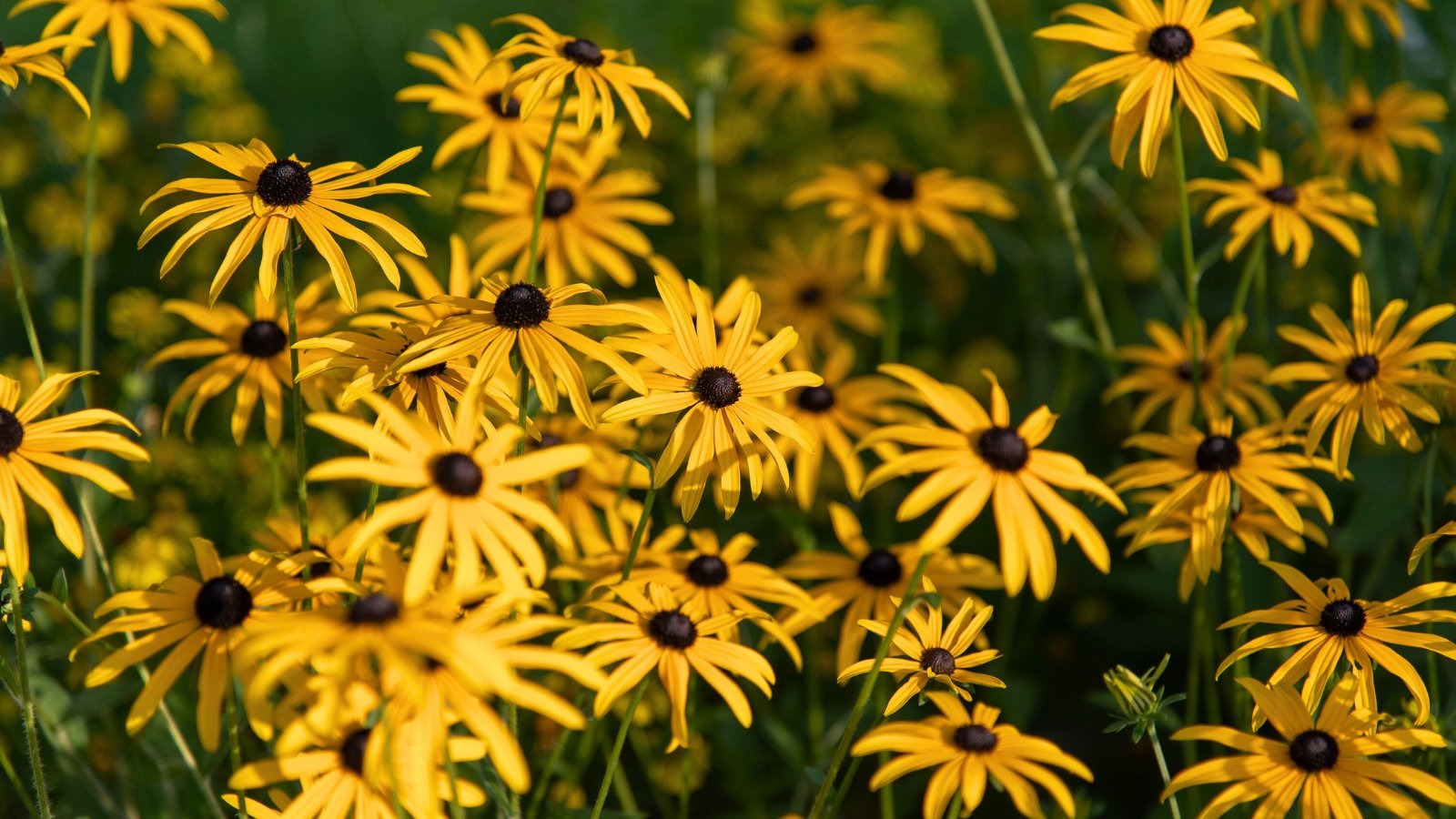 A cold period helps wildflower seeds break dormancy.
A cold period helps wildflower seeds break dormancy.Planting native wildflowers in October mimics their natural cycles, so it’s a great time to do this. Most native wildflowers drop their seeds in the late summer and fall. Many of them need a period of cold weather to break their dormancy.
If you want to ensure your native wildflower seeds get the chilling period that they need, plant them now. The fall rains and cool air reduce the need for watering, and seeds that sprout now will establish roots before spring.
By sowing native wildflower seeds in October, you create a more pollinator-friendly garden. These plants will be ready to sprout in spring and will be stronger and more resilient as a result of their fall planting.
Spring Bulbs
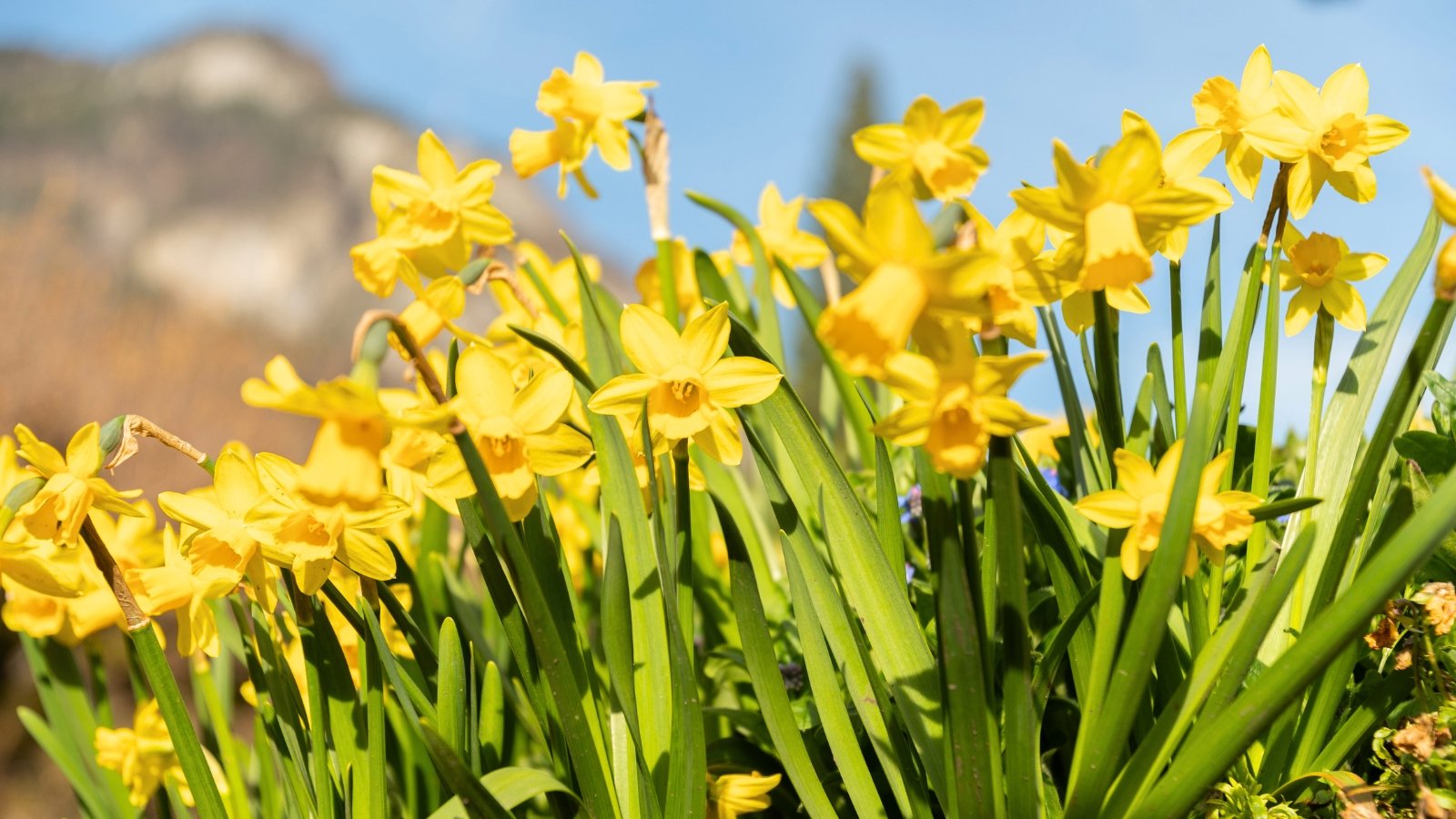 A fall start prepares bulbs for reliable blooms.
A fall start prepares bulbs for reliable blooms.Plant your spring bulbs in October to give them the cool boost they need for optimal blooming. Similar to many native wildflowers, bulbs need a period of cold to trigger flowering.
Autumn rain paired with cool air and warm soil is ideal for helping bulbs set down solid roots. It gives them the natural process of vernalization so that as soon as the time is right in spring, they start growing.
Plant classics like tulips, daffodils, snowdrops, and hyacinths this month. They will perform surprisingly well in the spring as a result. Make sure to plant them in a spot with excellent drainage to avoid rotting them if you have a wet fall season.

Perennials
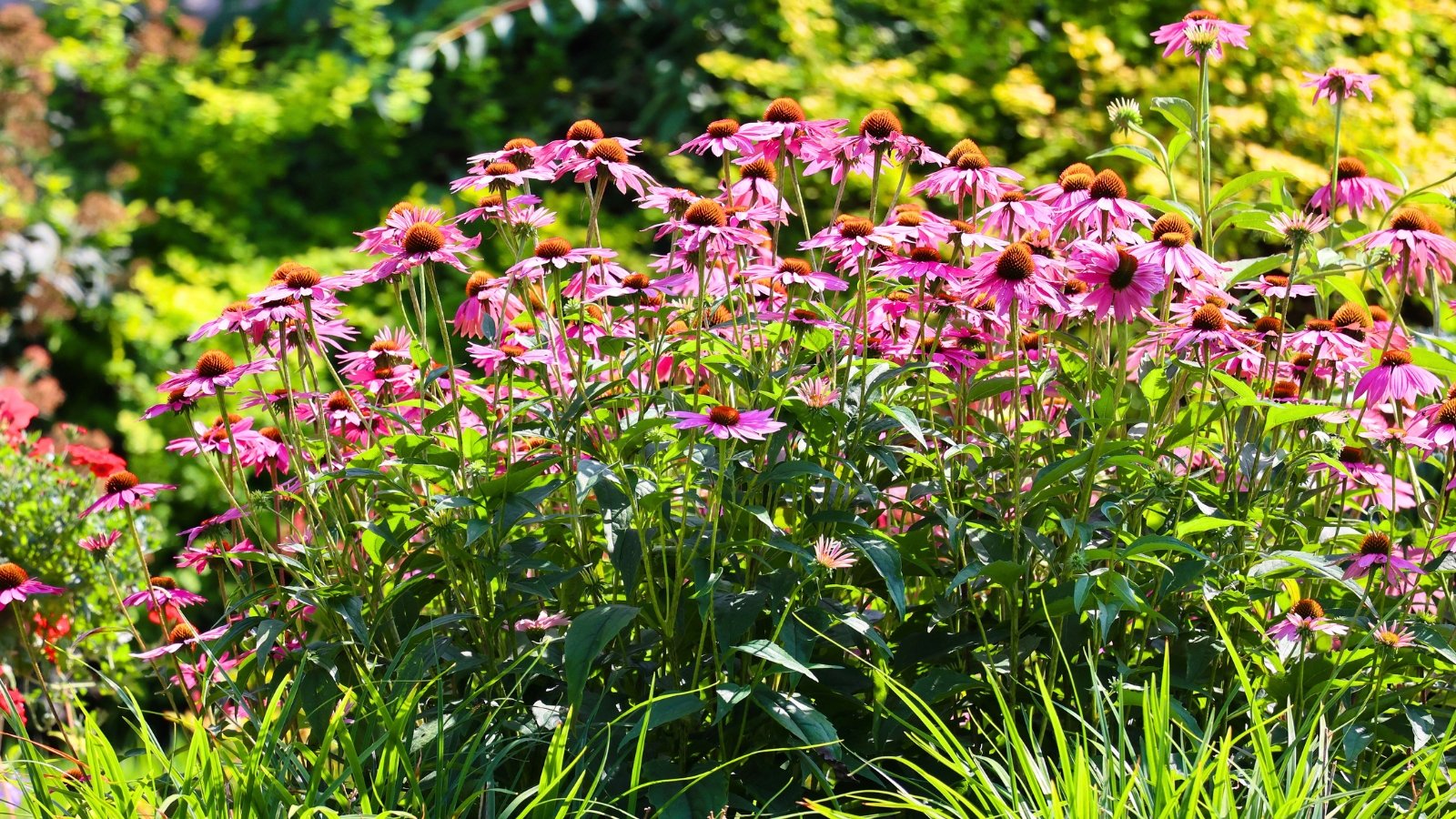 Autumn gives perennials a head start.
Autumn gives perennials a head start.Beyond just sowing seeds in the fall, October is a good time to plant perennials, including natives. The combination of warm soil and cool air performs the same function for these as for the others we’ve discussed.
Planting in October gives your perennials time to set down roots before dormancy. In spring, they will come out of dormancy all ready to fly into action. Rather than spending energy establishing roots in the spring, they can focus on green growth and flowering.
Fruit Trees and Shrubs
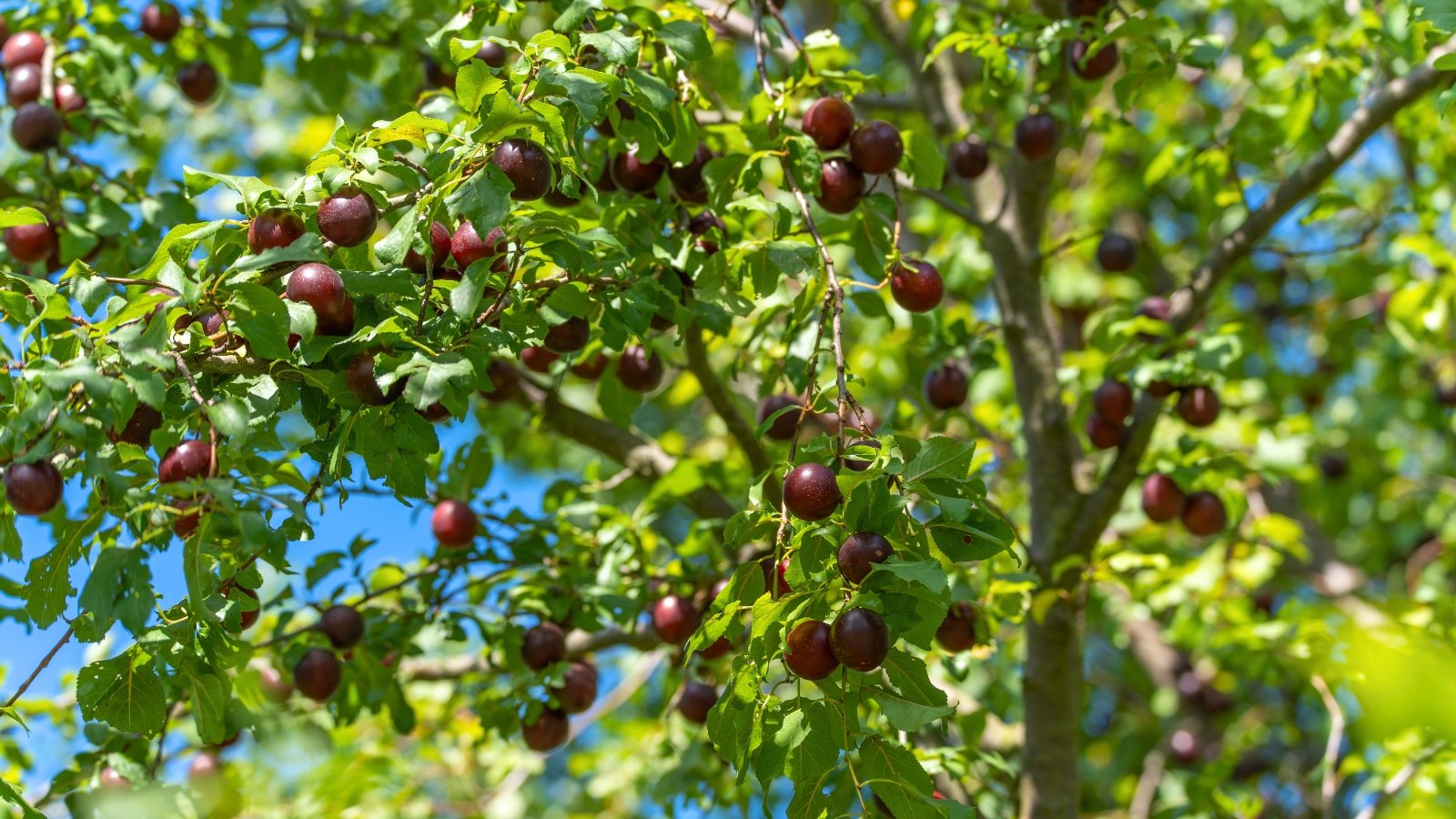 Roots grow strong in the fall for healthier trees.
Roots grow strong in the fall for healthier trees.For all the usual reasons, October is an ideal time to plant your new fruit trees and shrubs. In fact, it’s not just fruit trees you can plant this time of year. Most deciduous trees do quite well with fall planting.
Cooler air prevents new growth up top, so there is less vulnerability to cold damage. Warm soil expedites root growth and establishment. This means that your fruit trees, and others, get almost half a year of root development before spring growth.
By setting down roots in the fall, your tree will be ready to go in the spring. It will be better able to support the growth of your canopy and foliage. In the long term, this will mean a stronger, more resilient tree.
Frost-Tolerant Flowers
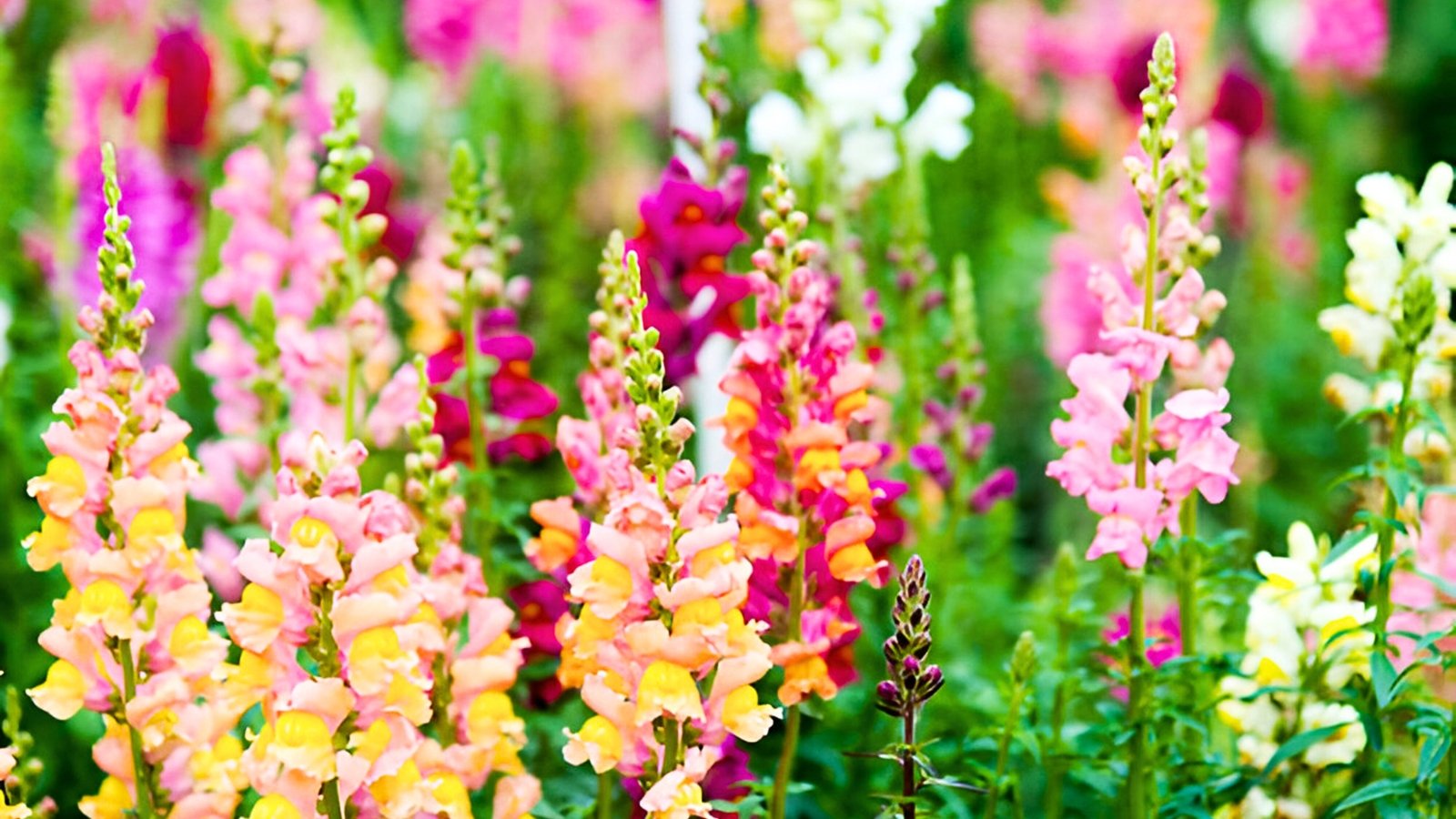 Many cool-season flowers hold up after freezes.
Many cool-season flowers hold up after freezes.One of my favorite things to plant in the fall is frost-tolerant flowers. I live in zone 9, so there are many that will overwinter in my garden. Even if you’re slightly farther north, October is a good time for these.
Plant things that like the cold and will tolerate frost. Pansies and snapdragons are ideal. You can also plant dianthus from nursery starts in the fall, and have flowers well into the colder months. If you miss your marigolds in the winter, calendula is an excellent substitute that loves the cold.
Some flowers, like snapdragons and sweet peas, can grow from seeds. They will overwinter as green shoots. Ranunculus will do this in warmer climates, too. In colder climates, give these some winter protection; they tolerate temperatures down into the 20s (around -7°C).
Frost-Tolerant Herbs
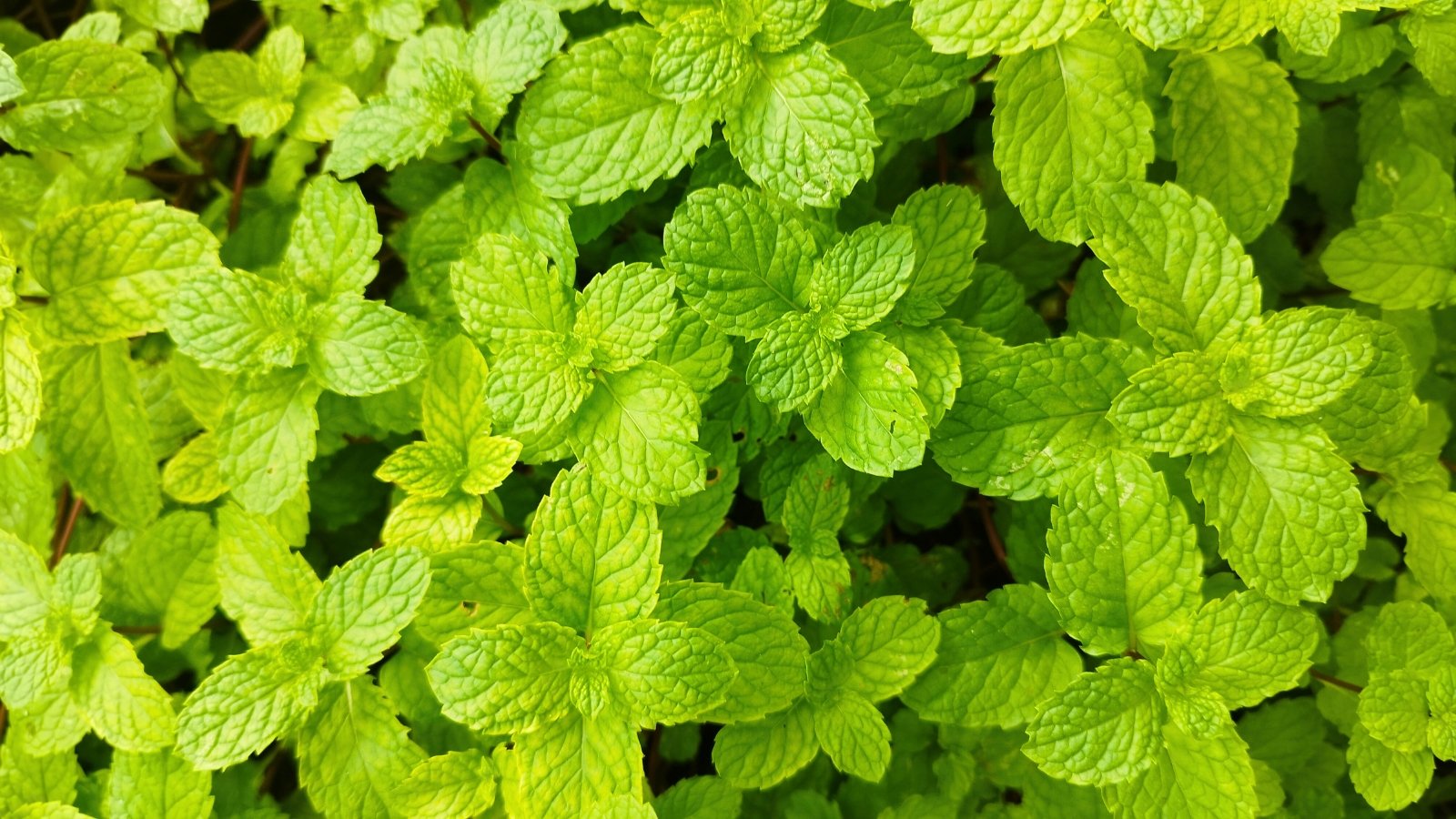 Hardy herbs root now and last through frost.
Hardy herbs root now and last through frost.There are a surprising number of frost-tolerant herbs that you can plant in October. It’s a great time to get these started or plant them from nursery starts. Plant while the soil is still warm enough for them to form roots.
Some cold-tolerant herbs are evergreen and will overwinter in the ground. Others handle a light frost and bounce back quickly. Some of the herbs you can plant in October include: thyme, oregano, chives, sage, mint, parsley, cilantro, dill, and fennel.


 11 hours ago
6
11 hours ago
6
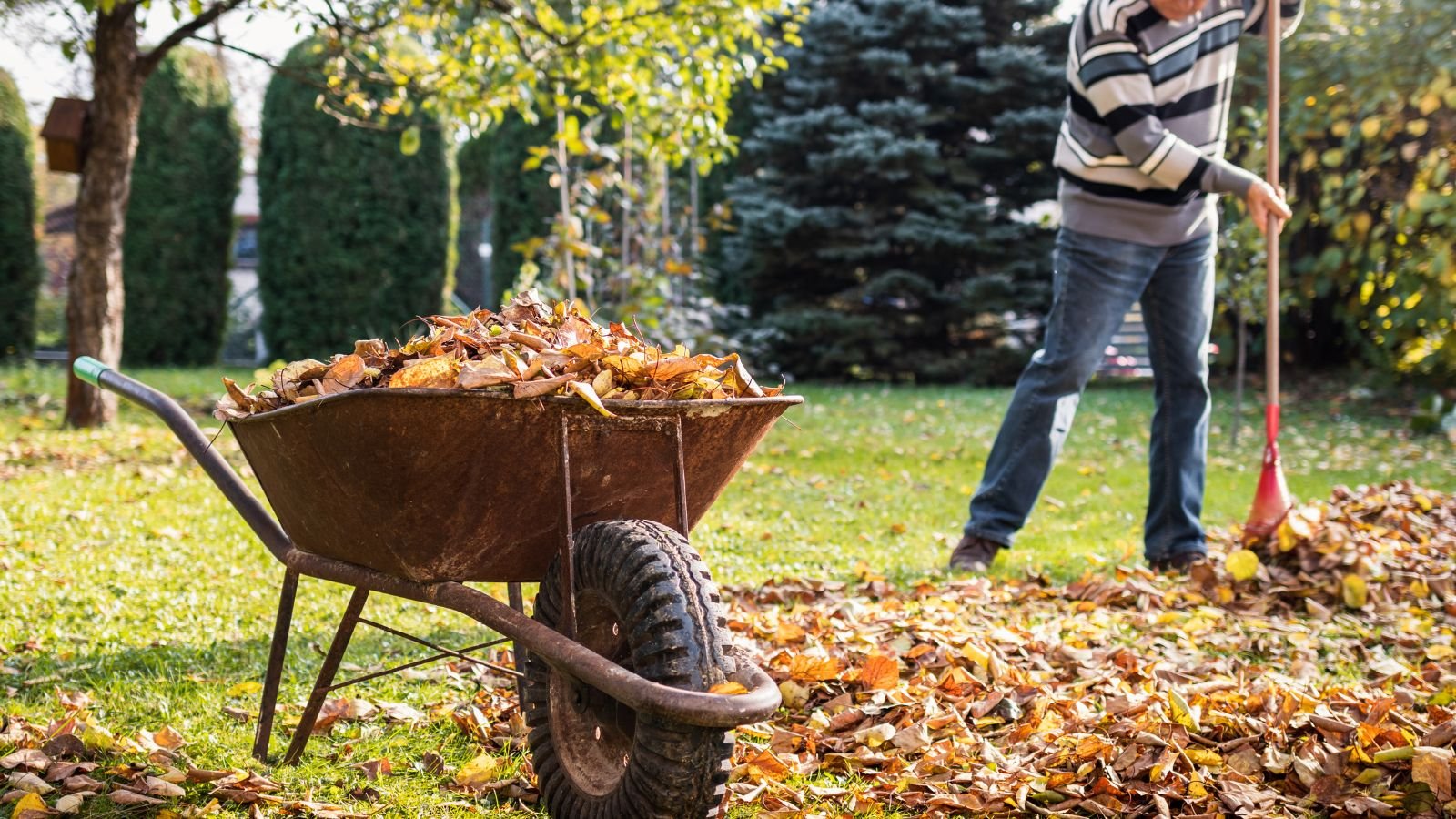
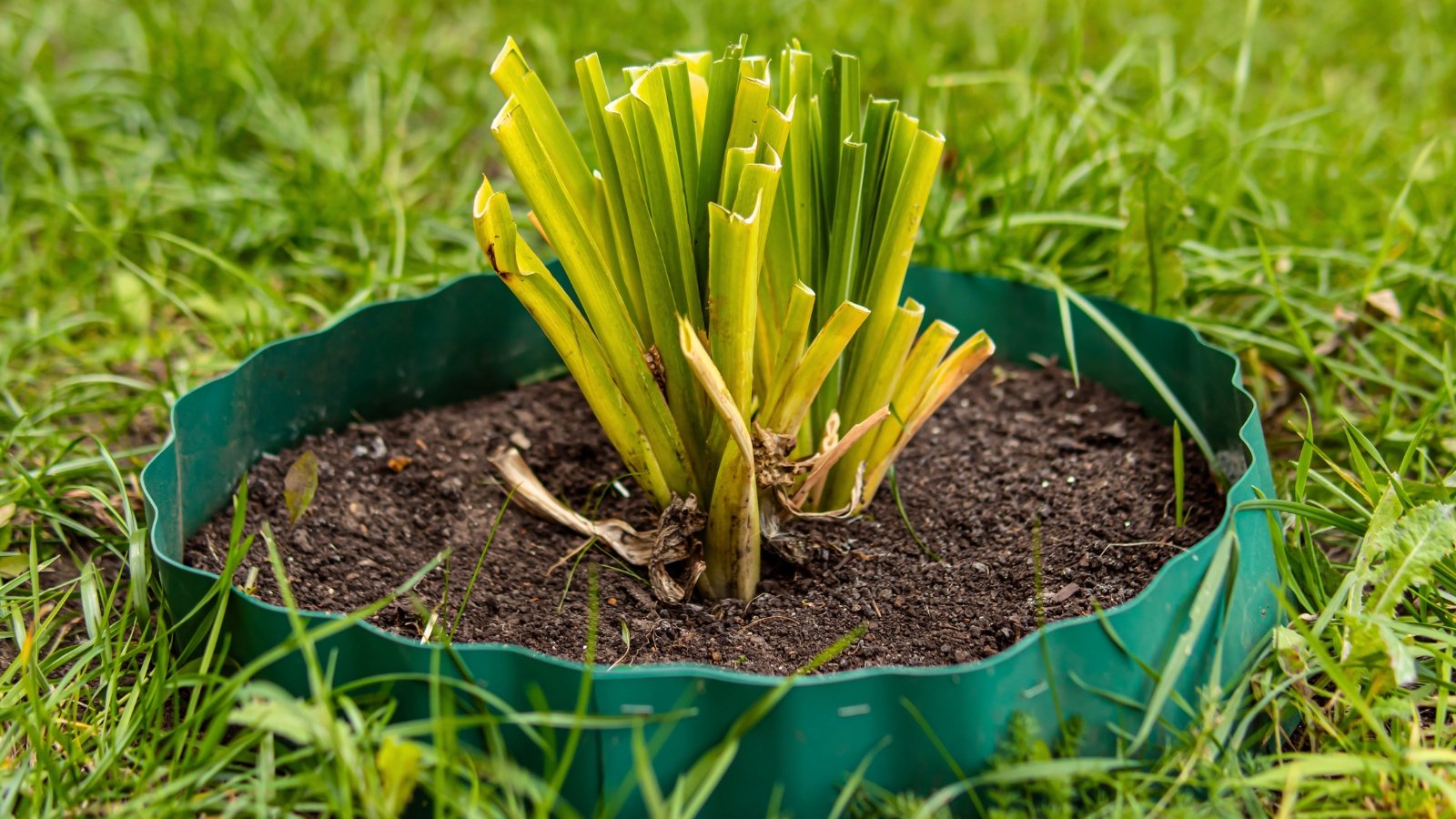



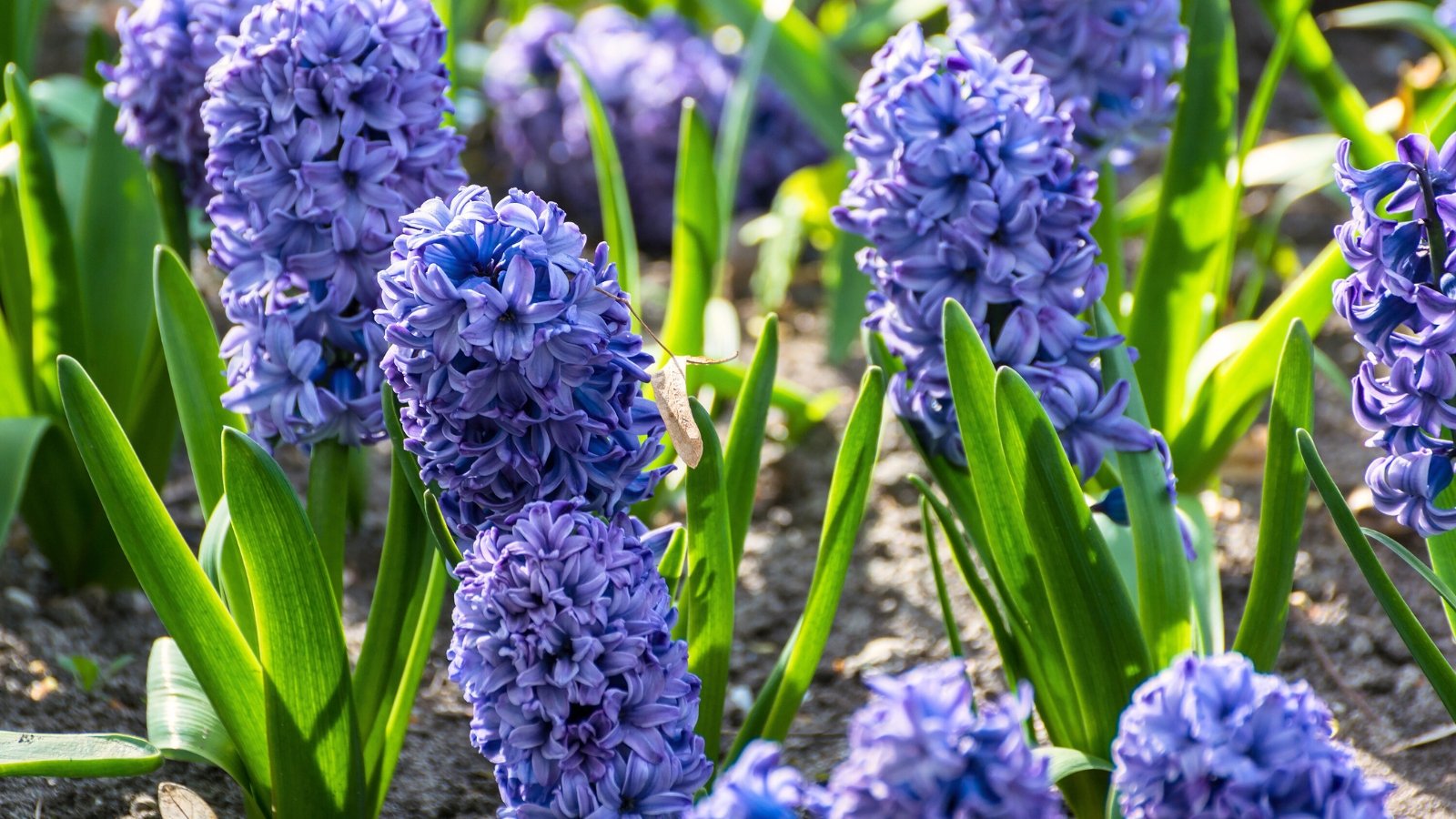















 English (US) ·
English (US) ·  French (CA) ·
French (CA) ·